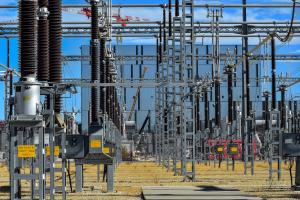Entering the stage, one by one
As buildings rise out of the earth and equipment is progressively installed, ITER's Science & Operations Department is busy making plans to commission the first plant systems.
Commissioning is the final check that each of the components and plant systems have been designed, manufactured and installed correctly. It is an opportunity to transfer knowledge to the operations team, test all the procedures, and get ready to start the first experiments.
With power, control and cooling in place we will begin commissioning the production and distribution networks for various gases and liquids, as well as the air conditioning to remove heat generated by the plant in each building. We then start up the nitrogen and helium production facilities in the cryogenic plant and the various auxiliary vacuum pumping systems.


